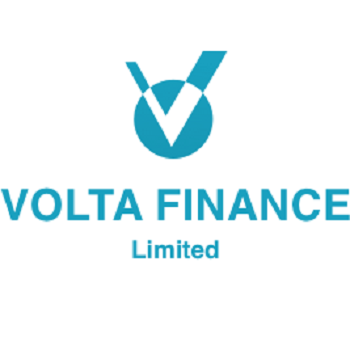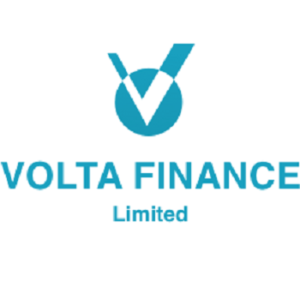Collateralized Loan Obligations (CLOs) have long been a favourite of institutional investors and high-net-worth individuals. Now, they are becoming increasingly accessible to the broader market, drawing interest from everyday investors seeking high yields and robust returns. However, while the opportunity is enticing, selecting the right CLO investments requires careful consideration and due diligence.
CLOs are structured financial products that package multiple loans—typically between 150 and 250—into a single security. These loans are primarily senior secured debts issued to corporate or private equity borrowers, offering a means for banks to offload risk while providing investors with an income-generating asset. Unlike the notorious collateralized debt obligations (CDOs) that contributed to the financial crisis, CLOs have a more structured and resilient framework, making them an attractive alternative credit investment.
A defining feature of CLOs is their tranche system, which ranks different layers of risk and return. Investors can choose from AAA-rated tranches, which offer stability and lower yields, down to BB-rated tranches and equity tranches, which come with higher potential returns but increased risk. Current market conditions show that top-rated CLOs yield around 5.42%, while lower-rated segments offer yields as high as 11%. This tiered structure ensures that cash flows are distributed in a predefined order, favouring the highest-rated tranches first, while lower-rated investors take on additional risk in exchange for greater returns.
Investor demand for CLOs has surged, with exchange-traded funds (ETFs) making these instruments more accessible. According to recent data from Barclays, CLO ETF assets have grown by 10% in the early weeks of 2025, with the 16 available funds in the U.S. and Europe collectively adding $2.6 billion in new securities. The total assets under management in CLO ETFs now exceed $25 billion, reflecting strong investor appetite.
However, investors must exercise caution when selecting CLO ETFs, as fund compositions can vary significantly. Many CLO ETFs market themselves as holding AAA-rated tranches, yet their actual credit exposure may include lower-rated securities. Because these funds are actively managed rather than passively tracking an index, fund managers have the flexibility to shift allocations within credit tiers to enhance returns. This can lead to discrepancies between a fund’s stated risk profile and its actual holdings, potentially exposing investors to greater volatility than anticipated.
Research from PGIM highlights that even minor differences in credit quality can have a substantial impact on performance. While broad AAA-rated CLO ETFs may appear safer than corporate bonds, some funds include up to 20% of their holdings in lower-ranked assets. In times of economic uncertainty, interest rate fluctuations, or bond market volatility, these allocations can lead to unexpected losses.
Despite these risks, CLOs remain an attractive investment for those seeking diversification and non-correlated income streams. With careful selection and an understanding of fund composition, investors can integrate CLOs into their portfolios to enhance yield potential. A prudent strategy may involve diversifying across multiple CLO ETFs, hedging exposure to different credit tranches and fund managers.
Ultimately, CLOs provide a compelling opportunity for investors willing to navigate their complexities. With ETFs making these assets more accessible, the key to success lies in diligent research and aligning investments with one’s risk tolerance. CLOs can be a powerful tool in generating income, but investors must ensure they are getting precisely what they expect from their chosen funds.
Volta Finance Ltd (LON:VTA) is a closed-ended limited liability company registered in Guernsey. Volta’s investment objectives are to seek to preserve capital across the credit cycle and to provide a stable stream of income to its Shareholders through dividends that it expects to distribute on a quarterly basis.



